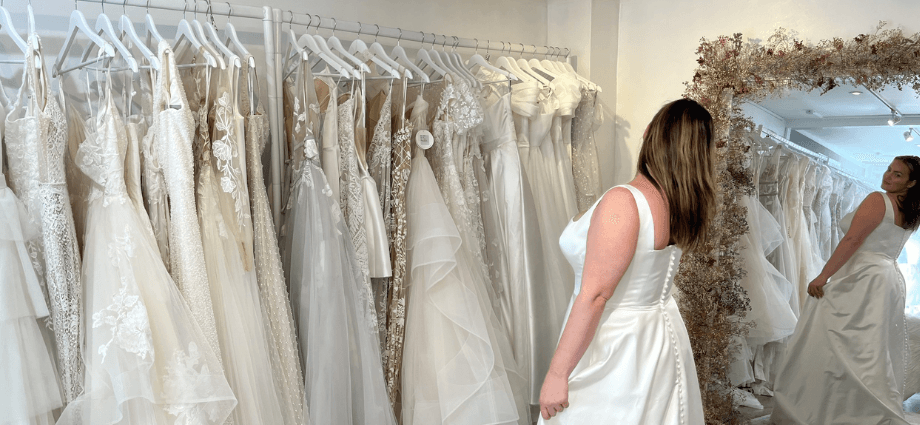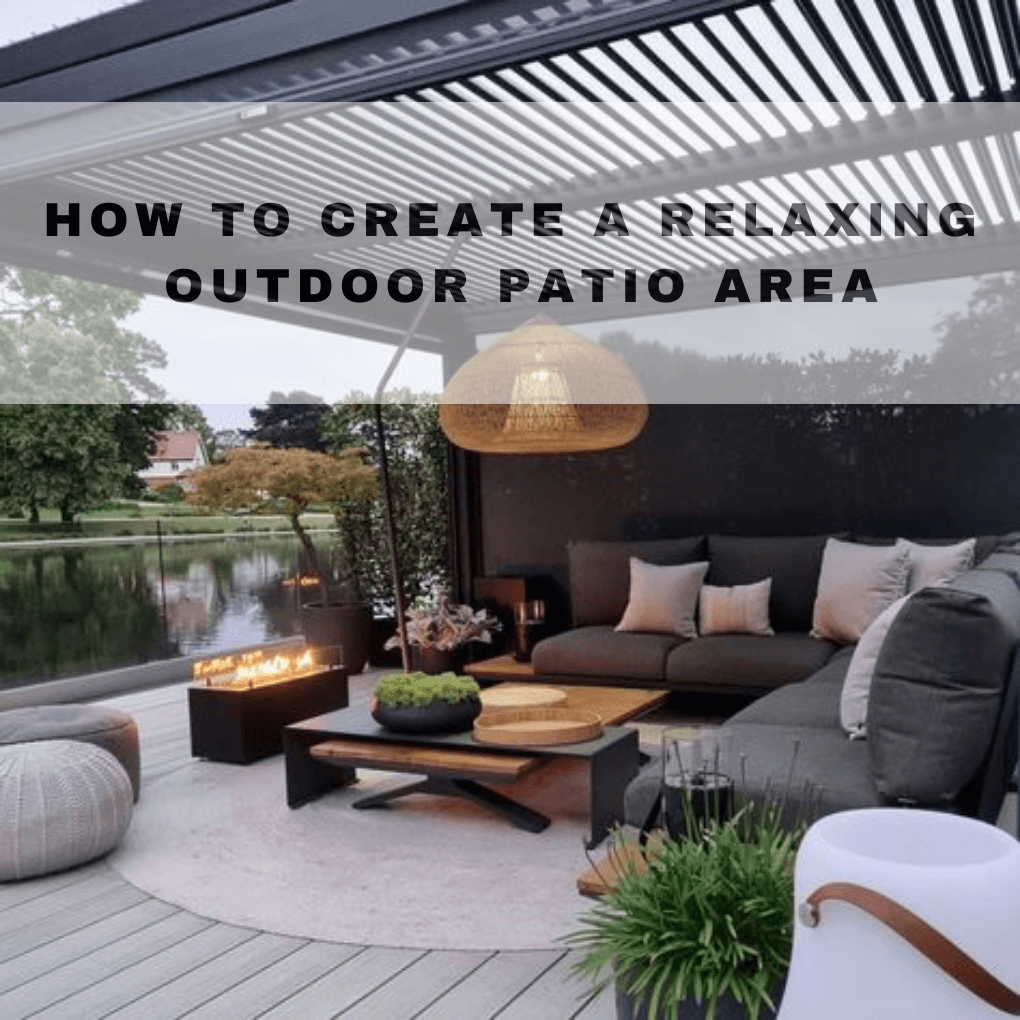Choosing the perfect dress for your wedding is an exciting and important decision. The right dress will not only make you feel beautiful but also reflect your personality and fit the overall theme of your wedding. This guide will walk you through the essential considerations for selecting the right dress, including wedding style, body type, dress styles, and budget.
Understand the Type of Wedding
Before you begin looking for your dress, it’s important to first consider the type of wedding you’re planning. The style and location of your wedding will play a significant role in choosing your dress.
Wedding Style and Theme
The theme and style of your wedding will impact the dress you choose.
- Traditional Weddings: For a formal, traditional wedding, a long gown with a voluminous skirt or a fitted silhouette works best. Opt for rich fabrics like satin or taffeta.
- Casual or Beach Weddings: A laid-back wedding, like one on the beach, may call for a simpler dress, such as a sheath or A-line, made of light fabrics like chiffon or silk.
- Themed Weddings: If your wedding has a specific theme, such as vintage, rustic, or fairytale, your dress should complement the overall feel of the event.
Formality Level of the Wedding
The level of formality can also influence your dress choice.
- Formal Weddings: A formal wedding might require a traditional ball gown or a gown with intricate detailing and luxurious fabric.
- Casual Weddings: For a more casual or outdoor event, a short dress or tea-length gown made from lighter materials will provide comfort while still looking chic.
Venue Considerations
The venue where you will marry also plays a key role in selecting the right dress.
- Church or Religious Venue: A more modest dress with a conservative neckline and sleeves may be appropriate.
- Outdoor Weddings: For a garden or beach wedding, a flowy, lightweight dress is ideal. Consider the weather and terrain to choose fabrics that won’t weigh you down.
Body Type and Fit

Choosing a dress that complements your body shape is essential for feeling confident on your wedding day. The right fit will help you feel both beautiful and comfortable.
Identifying Your Body Shape
Your body type will determine which dress styles look best on you. Consider these popular body shapes and their best dress styles:
- Hourglass Shape: Dresses that cinch at the waist, such as mermaid or fit-and-flare styles, work well to highlight curves.
- Pear Shape: A-line dresses or dresses with a defined waist help balance wider hips while elongating the body.
- Apple Shape: Empire waist dresses or dresses with an A-line skirt create a flattering look for those with a fuller bust or waist.
- Rectangle Shape: Dresses with volume or details like ruffles or layers, such as ball gowns, add curves to a straighter figure.
Fit and Comfort
The fit is just as important as the style of the dress. You’ll want to choose a dress that not only looks good but also feels comfortable.
- Fitted Dresses: If you prefer a sleek, modern look, a body-hugging dress, such as a mermaid gown, may be the best choice.
- A-Line Dresses: These dresses offer a flattering and comfortable option for most body types, as they gently flare out from the waist.
- Ball Gowns: For a dramatic, fairytale feel, opt for a ball gown, which creates a classic bridal look with a full skirt.
Alterations and Customization
Most brides will need some alterations to ensure the dress fits perfectly. Be prepared to visit a tailor for adjustments such as hemming or letting out the seams. Many bridal shops offer customizations to create a one-of-a-kind look that fits your exact measurements.
Dress Styles and Silhouettes
There are many wedding dress styles and silhouettes to choose from, so it’s important to understand which one suits you best. The silhouette of your dress is key to how it will look and feel on your wedding day.
Popular Dress Silhouettes
Some of the most common silhouettes include:
- Ball Gown: A voluminous skirt with a fitted bodice. This style is perfect for brides who want a grand, dramatic look.
- A-Line: A classic silhouette that flares out gently from the waist, ideal for nearly all body types.
- Mermaid: This fitted style hugs the body and flares out at or below the knee, perfect for showing off curves.
- Sheath: A slim, straight-cut dress that falls down the body, suitable for a more minimalist look.
Fabric and Material
The fabric of your dress can significantly impact the overall appearance and comfort.
- Lace: Lace adds elegance and texture, making it perfect for a romantic and timeless look.
- Satin: Satin has a smooth finish and a luxurious feel, ideal for formal weddings.
- Chiffon: Chiffon is a light, flowing fabric that works well for more relaxed or outdoor weddings.
Necklines and Sleeves
The neckline and sleeve style will further shape the overall look of your dress. Some common options include:
- Sweetheart Neckline: This classic neckline adds a romantic touch and suits most body types.
- V-Neck: A V-neck creates a slimming effect and elongates the neck.
- Off-the-Shoulder: An off-the-shoulder neckline offers a feminine, elegant look and shows off your shoulders.
- Cap Sleeves or Long Sleeves: These styles are perfect for more modest or formal weddings.
Budget and Shopping Tips
Your wedding dress is likely one of your biggest expenses, so it’s important to manage your budget carefully and shop smart.
Setting a Budget
Start by setting a realistic budget for your dress. Factor in the cost of alterations, accessories, and cleaning. This will help narrow down your options and prevent overspending.
Shopping Strategies
- Start Early: Begin shopping at least 6-9 months before your wedding to leave enough time for alterations and customization.
- Visit Bridal Salons: Trying on dresses in person is key to finding out what fits your style and comfort best.
- Consider Online Shopping: Online retailers offer a variety of options at different price points, but always check return policies and consider alterations.
Consider Additional Costs
Your wedding dress will come with additional costs, including:
- Alterations: Most dresses will need adjustments, whether it’s hemming the length or taking in the sides.
- Accessories: Don’t forget about the veil, shoes, and jewelry that complete your look.
- Cleaning and Preservation: After the wedding, you may want to preserve your dress, which can add extra costs.
Trends vs. Timeless Choices
Wedding dress trends come and go, but some styles remain timeless. You’ll want to decide whether to embrace current trends or go with a classic, enduring look.
Embracing Wedding Dress Trends
If you love trends, here are some popular styles to consider:
- Boho Styles: Flowy, relaxed dresses with lace or crochet details.
- Minimalist Looks: Simple, sleek designs with clean lines and few embellishments.
- Colored Dresses: Soft colors like blush, champagne, or even pastel hues are becoming more popular for brides.
Classic and Timeless Styles
For a more traditional look, consider these classic styles that never go out of fashion:
- Ball Gown: A formal, romantic choice that suits grand weddings.
- A-Line Dresses: A versatile, flattering option for all body types.
- Lace Dresses: A timeless fabric that adds elegance and sophistication.
Conclusion
Selecting the perfect wedding dress is a thrilling part of your wedding planning journey. Whether you choose a trendy, modern look or a timeless, classic gown, the most important thing is that you feel confident and comfortable. By considering factors like wedding style, body shape, and budget, you’ll be able to find the dress that makes you feel amazing on your special day.




